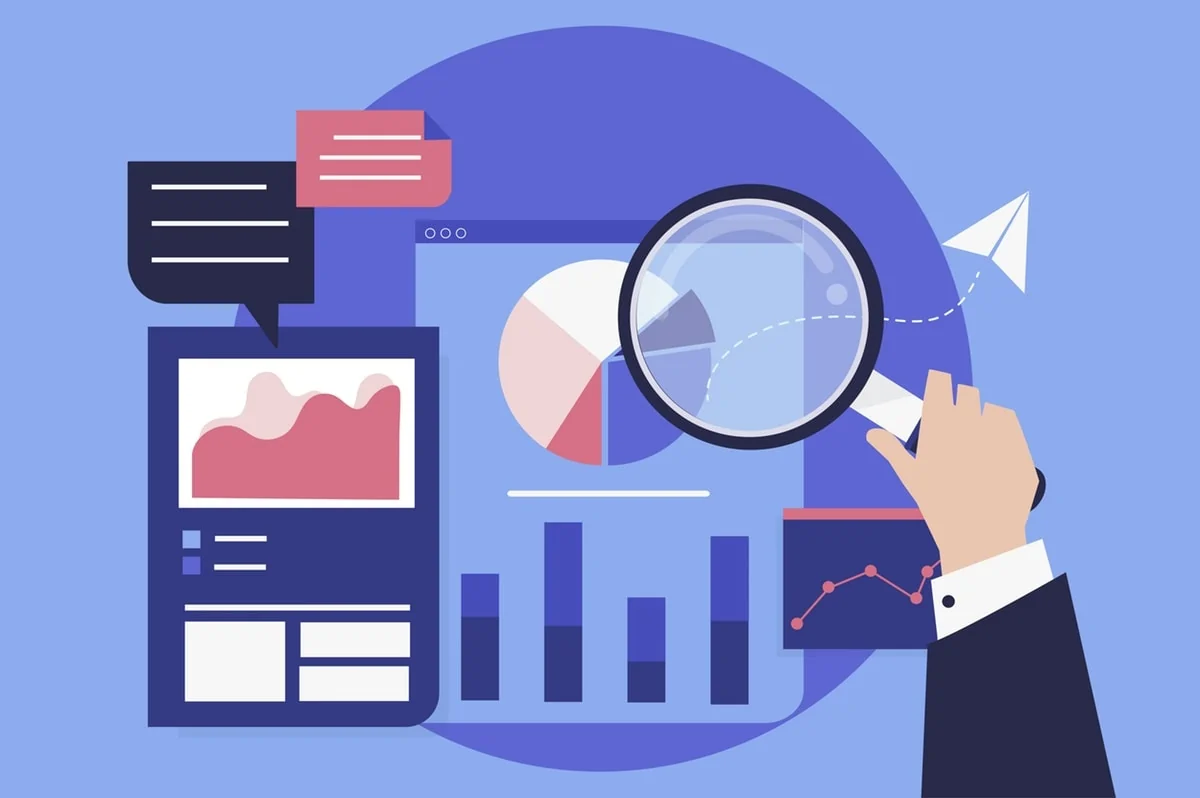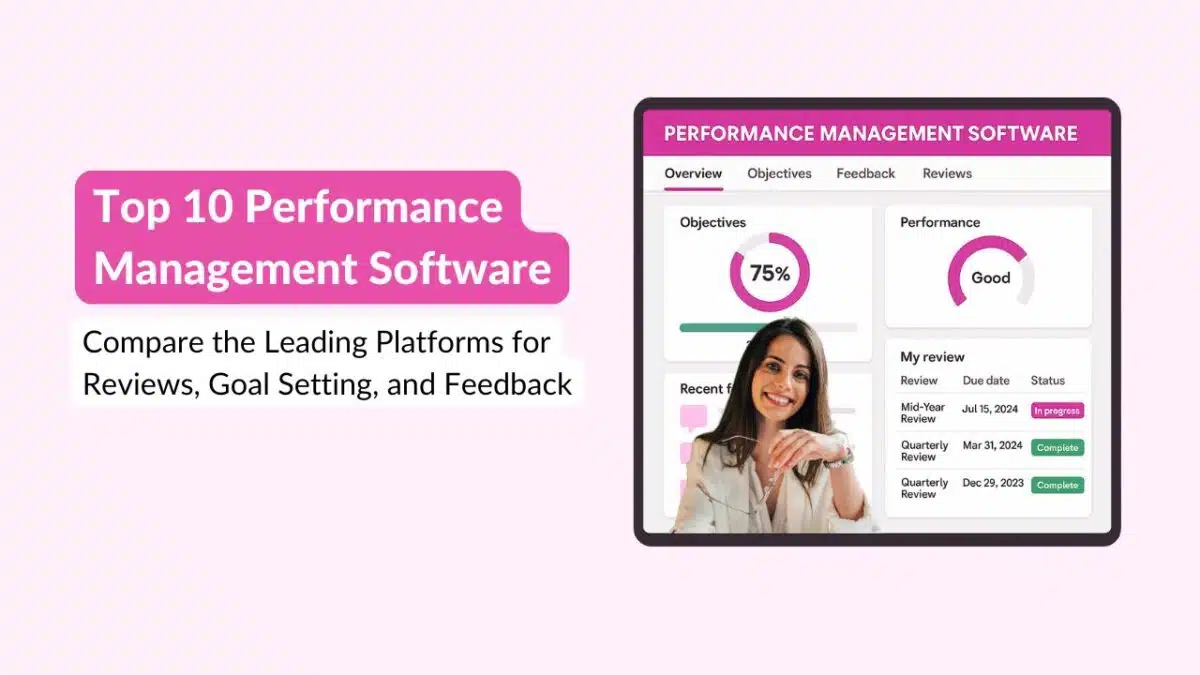In today’s corporate world, we are quite sure of one thing. It is mandatory to have a performance management process in place. If cultivated right, it motivates employees and aligns them with the company’s goals.
Even today many companies are still using traditional paper-based processes to track and record performance management, making it highly difficult for them to extract or collate data in times of need. While the world is transitioning into remote working, why not change with situation and embrace more efficient business processes?
Performance management has evolved at a very fast pace over the last few decades. Earlier, annual performance reviews were the indisputable norm. It used to be dreaded by both the managers and the employees. But that was before more flexible, inclusive forms of performance management procedures came into existence.
Traditional performance processes work fine when organizations are small or have a very simple review process. But once organizations get bigger, and job roles get more complex, there’s a need for software to enhance the process, or rather, to ease the process.
So how can performance management software benefit your organisation?
Clarity of goals
Imagine a situation, wherein a remote employee is expected to put in his or her 100% effort but is not sure where is this headed or what’s the end result of this. Do you think she or he will be able to put in that much effort? Performance management software enables the company to have clear-cut goals and make them visible to every employee. Every worker gets to see how their effort can help the company achieve higher level goals.
When they see how they can make an impact at the individual level, it makes them want to strive harder. Managers can easily keep a track of their team performances remotely and can provide feedback accordingly.
Also read: Introducing A Performance Management Tool In Your Organisation
Ease of Use
One of performance management software’s biggest advantages is that it can be extremely easy to use, depending on the choice of software. All the things required for a review cycle are in one place, most of the processes are automated, and once the review information has been added, such as start dates, review templates etc, there’s not much else an HR manager has to do, except oversee the entire process.
Even better, HR managers don’t have to frequently remind employees to complete their reviews. Most software has built-in reminders that will prod employees to complete the review process. The software takes the burden off HR’s shoulders and instead allows them to focus on the outcome of performance reviews, rather than the whole process of it.
Access to real-time information
With a performance management software in place, you can access data anytime and it helps to make quick and efficient decisions. They provide old as well as new data in one place, for you to compare and understand patterns and identify any gaps or bottlenecks. It becomes easy to track the performance level.
Integrated Processes
Performance management software does not focus solely on the review process alone. Rather, they offer other features as well, such as the ability to share feedback, goals and objectives, an LMS etc. All these features are often integrated so that when the review process is going on, users can view an employee’s complete profile, such as the feedback they have received, the goals they could complete, to what extent they could complete their goals, or even what new skills they have learned.
Performance management software paints a broad picture of an employee’s performance and helps others make informed decisions during the review process.
Also read: Employee Rewards And Recognition: Tips To Show Your Remote Employees That You Care
Employee Performance Insights
Performance management software can provide a very illuminating look at an employee’s performance. This is not just related to ratings and feedback they have received over the past years. Rather, many performance management software also offers performance analytics that track employee performance in graphical chart format, calculate leadership potential etc. This way, you can also track how well an employee is performing remotely compared to when she or he was present in office.
These employee insights can help others make informed review decisions when reviewing performance. And they can also help managers make compensation decisions or even promotion decisions.
Better Control Over The Process
Conducting the review process through performance management software offers HR managers much greater control over the entire process. They can control when the cycle starts and when it ends, how many employees should participate in the cycle etc. HR managers can also restrict review visibility, call back reviews etc, thereby also maintaining a fair and just review process.
As a manager, you have a ton of other responsibilities, other than just tracking your employees’ performance. So if you wish to be more efficient and handle things with ease, a performance management software is your best option.
Engagedly is offering a suite of products part of its Remote Work Toolkit free to any organisation, until Sept 30th, 2020.
The Coronavirus has affected the way we work today and for months to come. Unprecedented events require unprecedented measures. We at Engagedly believe it is our responsibility as socially conscious corporate citizens to help equip organisations with additional tools and resources during this time of crisis.
Get in touch with us to know more about the free remote working tool-kit.
Get In Touch With Us
Author
Srikant Chellappa
CEO & Co-Founder of Engagedly
Srikant Chellappa is the Co-Founder and CEO at Engagedly and is a passionate entrepreneur and people leader. He is an author, producer/director of 6 feature films, a music album with his band Manchester Underground, and is the host of The People Strategy Leaders Podcast.






